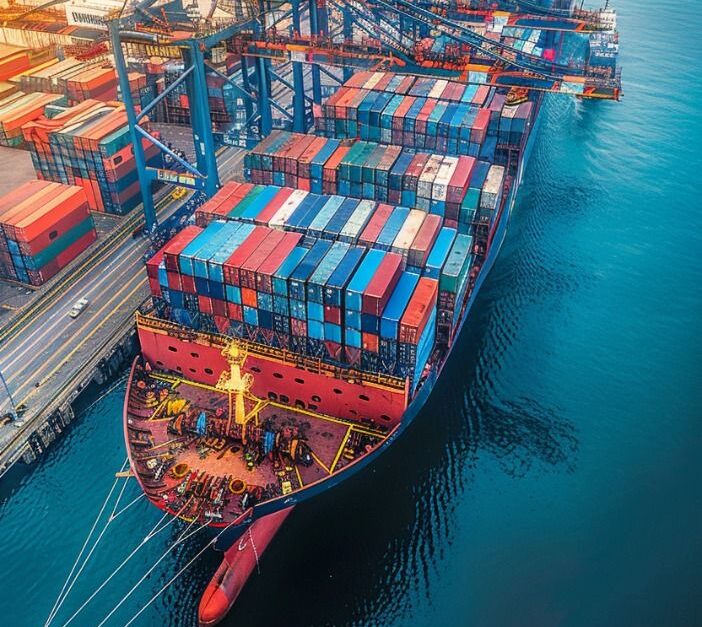
When businesses ship products across the sea, they need to pay various charges. Ocean tariff rates include all the fees that shipping companies charge for moving cargo between ports. These ocean freight tariff calculations help companies understand their total shipping costs before sending goods internationally.
Shipping bills often look complicated because they contain many different charges. Each fee covers a specific service in the transportation process. Knowing how these rates work saves money and prevents billing surprises.
What Are Ocean Tariff Rates?
Ocean tariff rates represent the money that shipping lines charge for transporting goods by sea. These rates include everything from loading containers onto ships to delivering them at the final port.
A single shipping invoice contains multiple fees. Each line item covers a different service needed to move cargo safely across the ocean. The total cost depends on container size, cargo type, and destination port.
Main Parts of Ocean Freight Charges
The base ocean freight rate is the primary cost for moving containers between ports. This rate changes based on the shipping route, container dimensions, and what’s inside. A 20-foot container always costs less than a 40-foot container traveling the same route.
Terminal Handling Charges pay for moving containers inside port areas. Ports use cranes, forklifts, and workers to load and unload containers. Each port sets its own prices based on equipment costs and local wages.
Bill of Lading fees cover the shipping document that proves who owns the cargo. This paper is necessary for customs officials to release the shipment at the destination. Without this document, cargo stays stuck at the port.
Charges Based on Container Types
Regular dry containers have the lowest shipping rates. These standard boxes are easy to handle and don’t need special equipment. Most companies use these containers for everyday products like clothing, electronics, and furniture.
Refrigerated containers cost more because they need constant electricity to keep products cold. Ships must provide power throughout the journey, and port workers monitor temperatures regularly. Fresh food, medicine, and chemicals often travel in these specialized containers.
Hazardous cargo needs extra safety measures during shipping. Workers receive special training to handle dangerous materials properly. Insurance costs are higher, and ships follow strict safety rules. These requirements increase the overall shipping price.
Fees Related to Time
Detention charges start when customers keep containers beyond the allowed free days. Shipping companies typically give 5 to 10 days to return empty containers. After the free period ends, daily charges add up fast.
Port storage fees begin when cargo sits at the terminal too long. Most ports offer 10 free days before charging storage fees. These charges encourage businesses to pick up their cargo quickly. Rates increase each day to push for faster clearance.
Service and Handling Costs
Container inspection fees cover checking boxes for damage before loading cargo. Inspectors look for holes, rust, or broken doors that could damage goods during the sea voyage. This inspection protects both the shipper and the cargo.
Seal charges pay for security locks on container doors. Customs officials check these seals to ensure cargo hasn’t been tampered with illegally. VGM fees stand for Verified Gross Mass weighing. International shipping rules require weighing all packed containers before loading them on ships.
How to Calculate Total Shipping Costs
Understanding ocean tariff rate calculations means adding every charge that applies to a specific shipment. Start with the base freight rate. Then add handling fees, paperwork charges, and any special service costs.
Container size creates big differences in total expenses. A 40-foot container costs more upfront than a 20-foot box. However, larger containers often save money per item because businesses can ship more products at once.
The type of cargo determines which fees apply. Regular products have fewer charges than refrigerated goods. Hazardous materials need the most handling fees because they require special safety procedures.



